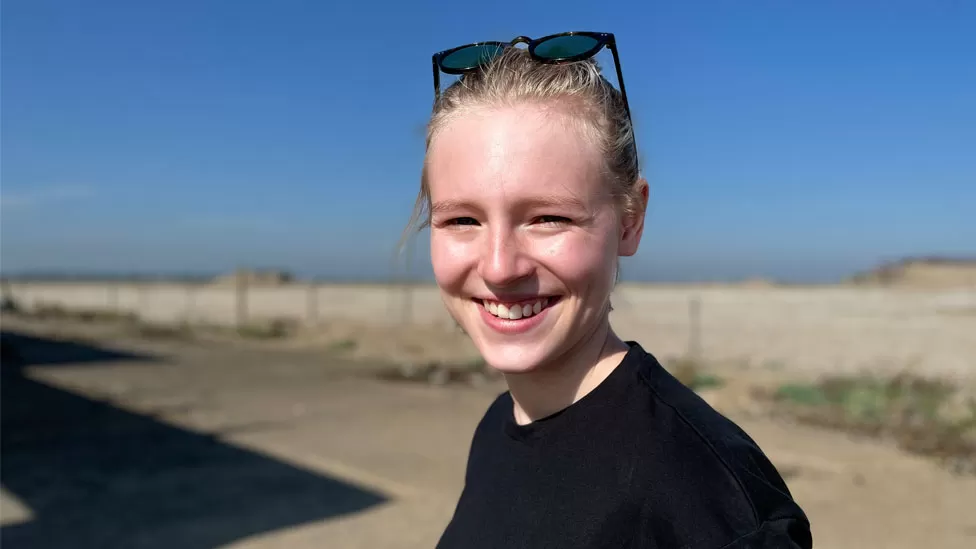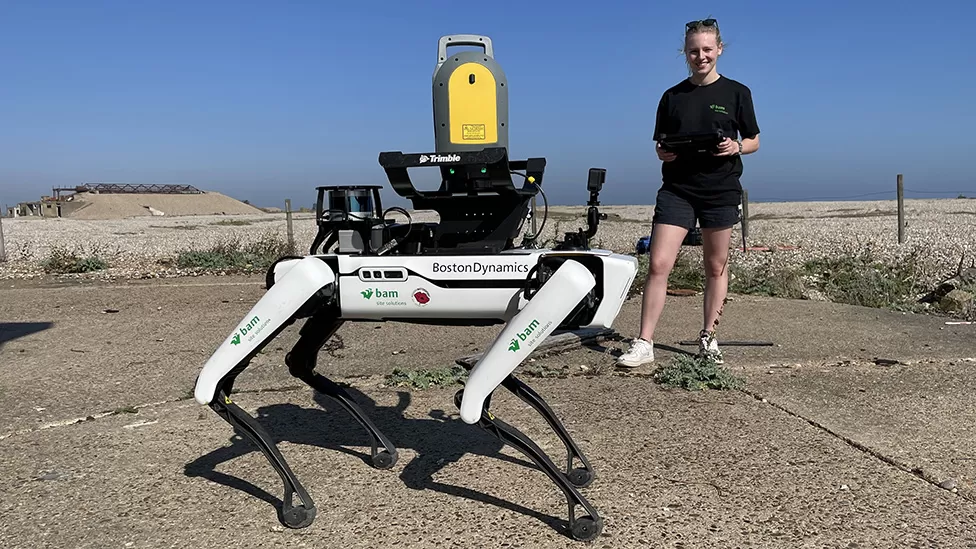A robotic “dog” has been used to carry out surveys of two Cold War weapons testing facilities, in a first for the National Trust.
Drones and a mobile robot surveyed the off-limits buildings at Orford Ness, Suffolk, a national nature reserve which was once a military testing site.
The laboratories are closed to the public and staff for safety reasons. Colin Evison, from the robot's operator BAM Nuttall, said the aim is to capture the buildings' “size and geometry”. Russell Clement, the National Trust's general manager for Suffolk and Essex Coastal, said accessing the area was “a bit of a headscratcher”.
“These buildings are completely inaccessible but really really important. They're going to be lost to the sea eventually,” he said.
“We want to know how to record them and here we are we had this amazing, cutting-edge technological solution.” Constructed in 1960, the buildings, known as pagodas, were two of six laboratories used as test cells to carry out environmental tests on the atomic bomb.
The tests were designed to mimic the rigours to which a weapon might be subjected before detonation, including vibration, extremes of temperature, shocks and G forces. No nuclear material was involved, but a test failure could have resulted in a catastrophic explosion, so the laboratories were designed and constructed with a shingle top to absorb and dissipate if an explosion occurred.

The drones and robotic “dog”, nicknamed Spot, were designed by Boston Dynamics and the survey is the first stage of a long-term project, which includes Historic England, civil engineering contractors BAM Nuttall and University College London. Mr Evison, who is BAM Nuttall's innovations and technical lead, said the charity spotted the company's robotics work in the Shetlands.
“We can survey buildings too hazardous to put people in so we can get a detailed survey without putting people in harm's way,” he said.
“We want to capture the size and the geometry of the building, because they are under managed decay at the moment, but we also wanted to create some content so visitors can have a look inside – there's no other means we can do that.”
The trust said it was the first time it had used this kind of technology. Mr Clement said it had two aims with the project: “One is recording in really great detail these extraordinary buildings and secondly is allowing people to access them.
“With the data, we'll be able to recrate them virtually and people will be able to experience the interiors of these incredible buildings.”
— CutC by bbc.com


